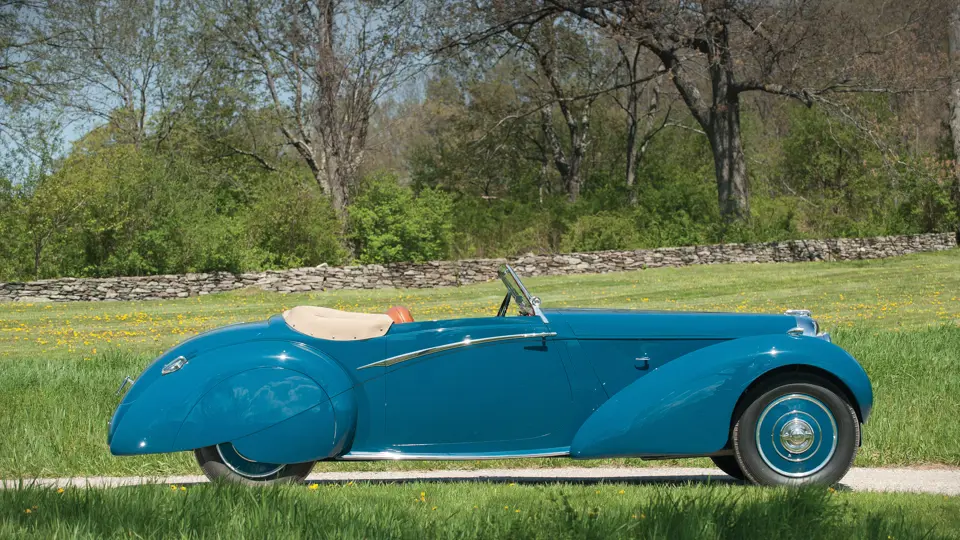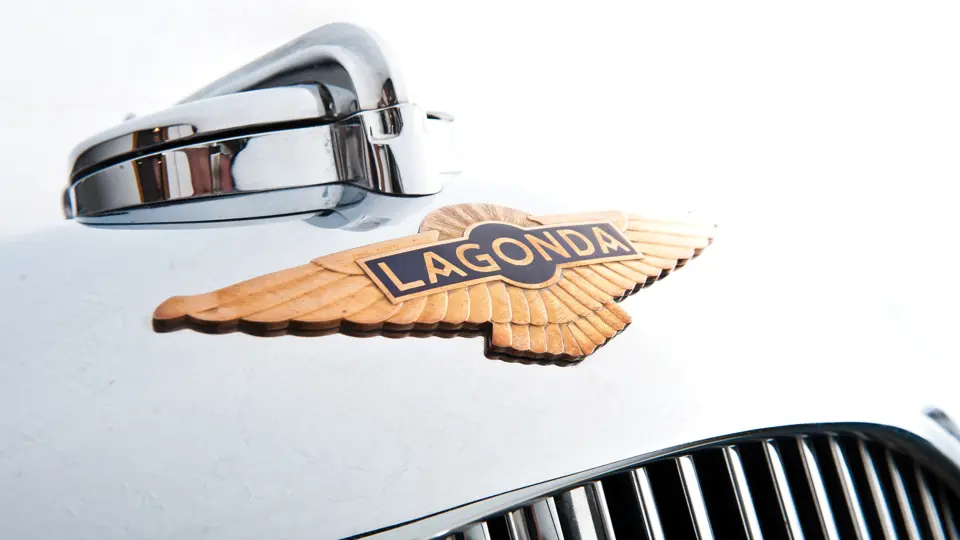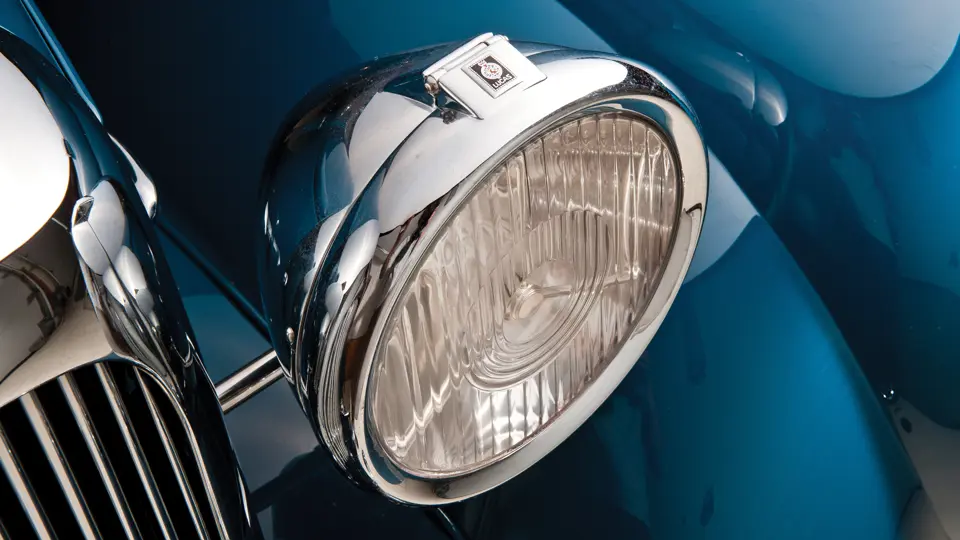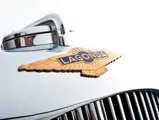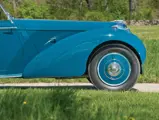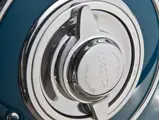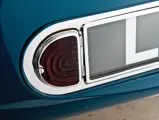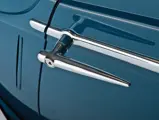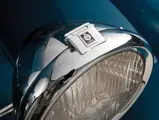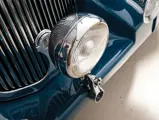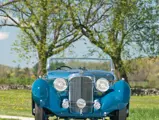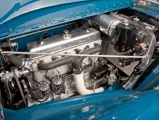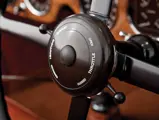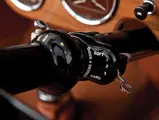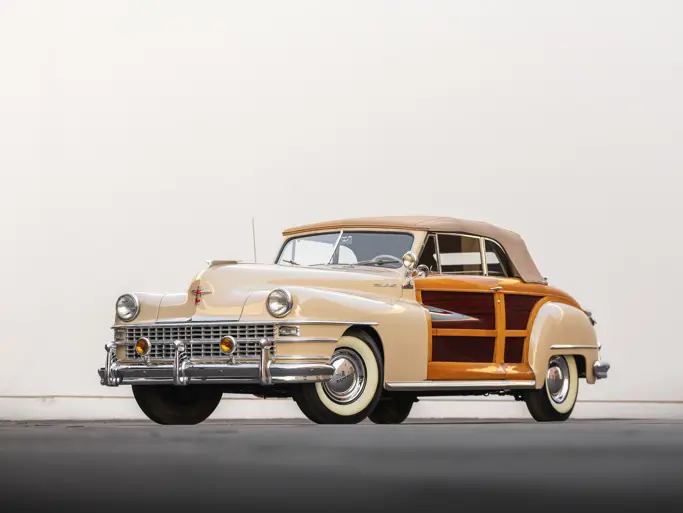4,453 cc “Meadows” six-cylinder OHV engine with dual SU carburetion, four-speed manual transmission, independent front suspension with upper/lower wishbones on torsion bar springing, solid rear axle with parallel leaf springs, four-wheel Lockheed hydraulic drum brakes. Wheelbase: 127"
- A three-owner car from new
- Importer’s 1940 New York Auto Show Centerpiece
- Extremely rare; one of only six LWB LG6 Rapides built
- Total restoration for present owner Skip Barber by RM Auto Restoration in 2007-2008
- 2008 Pebble Beach Concours d’Elegance double-trophy winner – 2nd in Class and recipient of the Beaulieu Cup as the “event’s most significant English car”
LAGONDA – AN EARLY HISTORY
Springfield, Ohio seems an unlikely starting point for an elegant English motor car such as this, and an aspiring opera singer makes an even more improbable architect. Nevertheless, those elements describe the origins of the Lagonda Motor Co.
After failing to gain recognition for his vocal talents in his hometown, Wilbur Gunn decided he might be better appreciated in cosmopolitan Europe and emigrated to England around 1897, where he soon married. In 1904 Gunn gave up on opera and established the Lagonda Motor Cycle Co. in Staines, Middlesex. This transition isn’t quite the vocational non-sequitur it might seem at a glance. Gunn possessed mechanical talent as well as musical and had earlier organized an enterprise that produce steam-powered watercraft.
Setting up shop on his Middlesex property, Gunn chose a name that reflected his Ohio roots; Lagonda was the name of a small stream that flows through Springfield. The company’s beginnings were humble. Gunn’s first products were motorized bicycles, followed by three-wheelers. But that market was seasonally fickle, and from 1908 onward, Lagondas were proper four-wheeled vehicles.
Gunn believed that competition was a good way to build visibility, and the young company soon established something of a performance image, a tradition that would color the make-up of Lagonda cars right up to WWII. However, elegance wouldn’t really be a key part of the equation until the mid-1930s. Wilbur Gunn passed away in 1919, so corporate leadership was assumed by the directors, and through the rest of the decade, the company fared reasonably well. But like many firms, Lagonda’s fortunes declined during the 1930s – a down-turn that was accelerated, to some degree, by England’s draconian new 30-mph speed limit, and in 1935 the company went into receivership. Still, despite bankruptcy and the prevailing economic gloom, this watershed year proved to be positive for Lagonda. Powered by the company’s new Meadows 4.5-liter engine – a fore runner of the engine used in this LG6 roadster – Johnny Hindmarsh and Luis Fontes drove a Lagonda M45 Rapide to victory in the 1935 Le Mans 24-hour race, logging 1,864 miles to edge an Alfa Romeo 8C. This victory in the 17th running of the Sarthe classic should have given Lagonda a major sales boost, but it came a little too late. Shortly after the Le Mans race, the company’s directors waved the white flag to their creditors, and the corporation went into receivership.
Control of Lagonda passed to solicitor Alan Good, who promptly bolstered his investment by engaging the services of one of England’s brightest automotive stars, Walter Owen Bentley. Marginalized and frustrated with the company he’d founded following its 1931 takeover by Rolls-Royce, he left Bentley when his contract expired in 1935. Good enticed him to join Lagonda, where Bentley quickly revitalized all aspects of its technical operations, including upgrades to the 4.5-liter six, as well as the creation of a new V-12 engine.
LG6
Alan Good addressed the look of Lagonda by hiring 26-year-old Frank Feeley to lend some youthful exuberance to its exteriors. Although the latter went on to create some memorable designs for Aston Martin during the David Brown post-WWII era, the LG6 still stands as one of his most seductive and arguably the most beautiful of all prewar drophead coupes. An evolution of the earlier, LG45 Rapide drophead, the LG6 had the extended teardrop fenders and sweeping lines that were fashionable at the time, particularly in France. But Feeley’s design was more restrained and, as a result, more elegant.
There was more to the LG6 than elegance; its performance more than justified the name Rapide. One of Bentley’s first projects after joining Lagonda was a redesign of the 4.5-liter six, an overhaul that included a new crossflow cylinder head and twin magneto ignition. As installed in the LG6, the revised six delivered about 140 horsepower at 3,800 rpm, giving the 3,700-pound car a top speed in excess of 105 mph – very brisk for the day.
The LG6 made its public debut at the 1937 London Motor Show, and production began in 1938. When war broke out in September 1939, total LG6 Rapide production stood at just six cars, and that was as high as it would go, making the Rapide much rarer than the traditional drophead coupe or saloon.
LAGONDA LG6 RAPIDE NO. 12372
This LG6 Rapide was shipped in January 1940 to main dealers, Allerton-Hickmott of Hartford, Connecticut, according to the factory build sheets. Subsequently it became the importer’s centerpiece at the New York Auto Salon where it caught the discerning eye of local business leader Horace Ridgely Bullock, who purchased this Lagonda, trading in his 1929 P1 Rolls-Royce. Mr. Bullock, with homes in Glen Cove, Long Island and Northeast Harbour, Maine, nick-named the LG6 “The Green Hornet” after the fictional character.
Horace Ridgely Bullock’s exploits would fill a book – besides a myriad of successful business interests, he was a jazz fan and yachtsman. The promotion and expansion of the Lester Lanin orchestra into the most popular swing band of the 1940s among the social set and college crowd is largely credited to Bullock. As a house committee member of the very prestigious New York Yacht Club, he was instrumental in the revival of the America’s Cup sailing races.
In 1961, after owning “The Green Hornet” for 22 years, Bullock sold it to well-known New Jersey lumberman and classic-car enthusiast Richard Roy. Bullock, by now living in Ardmore, Pennsylvania, invited Roy to lunch at the Racquet Club in Philadelphia in order to close the deal.
Richard Roy kept the LG6 Rapide for 46 years in his collection, which also included a 1936 Lagonda LG45 Rapide and a 1939 V-12 Lagonda saloon, before selling it through a UK broker to the current owner, Skip Barber, founder of the racing school that bears his name and owner of the Lime Rock, Connecticut racing circuit. After acquiring the Lagonda in early 2007, Mr. Barber contracted with RM Auto Restoration, restorers of numerous recent “Best of Show” automobiles at Pebble Beach, to carry out a total restoration on the Rapide, which, while amazingly original, was showing its age. Seventeen month later, the now spectacular Lagonda emerged and went straight to the 2008 Pebble Beach Concours where it scored a second in class and was awarded the single “Beaulieu Cup” as the most significant English car in the venue.
In lieu of the original green color which Mr. Barber called “John Deere green,” he chose a blue/green “teal” exterior color and a textured “pigskin” Connolly interior, these being complemented by the medium tan of the convertible top. Teal blue full wheel covers for the wire spoke wheels lend an air of refinement.
In the words of Skip Barber, its enthusiast owner:
“My Lagonda Rapide is a very attractive combination of late 1930s styling in the French manner, but without the overdone chrome accents, with a postwar car feeling of drive-ability. It goes, steers and stops really well like a modern car and believe me, it is not slow – the top end is well over 100 mph! But it doesn’t display your minimal sports car cockpit – instead, it has comfortable seats and a spacious and luxurious interior.”
Beautifully presented, this is a superb example of the ultra-rare LG6 Lagonda Rapide. Frank Feeley’s genius at its best, this is an undeniably attractive design, from the flowing rear fenders with spats to the opulent leather and rare inlaid wood interior.
Perhaps The Motor magazine said it best in 1938: “This car is a perfect combination of pure beauty and speed.”





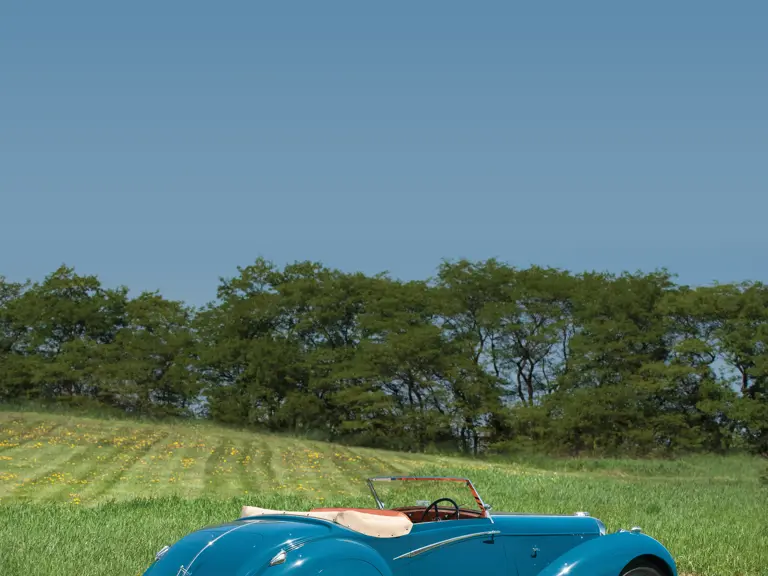

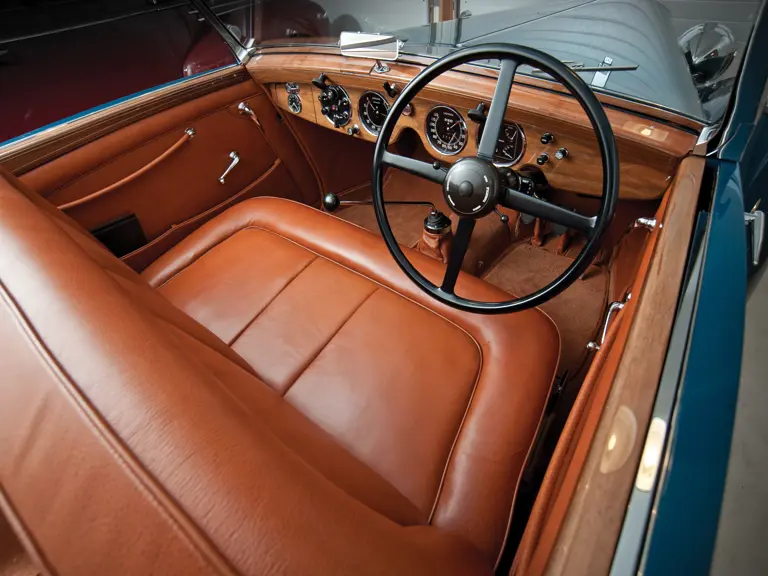
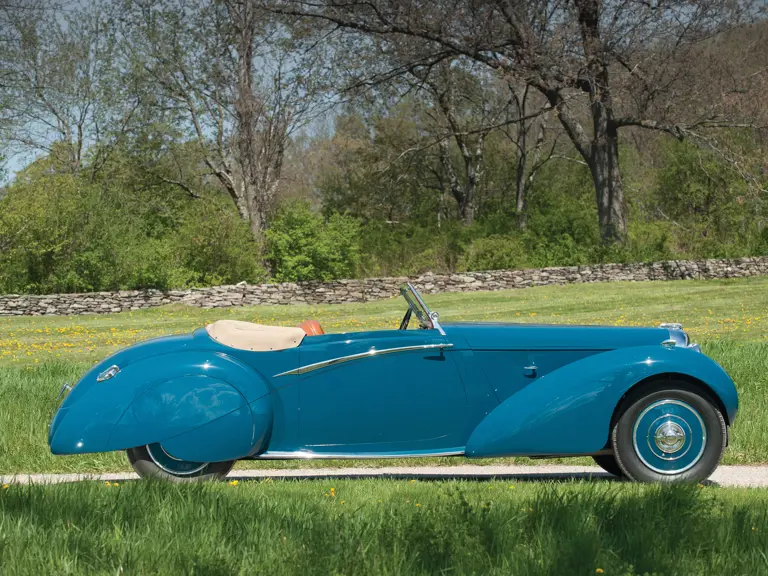
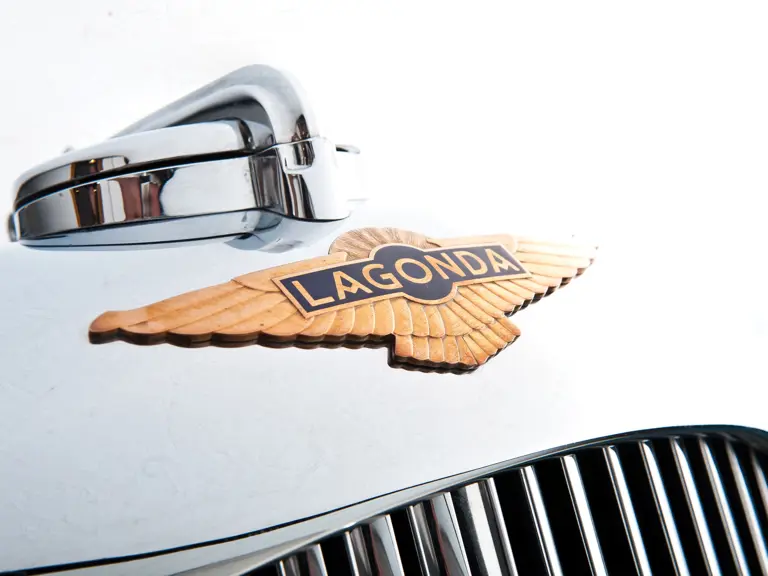


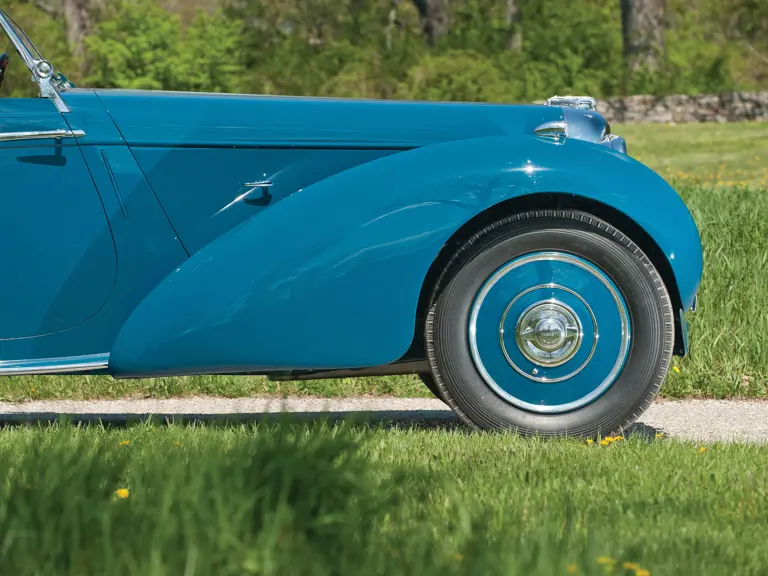

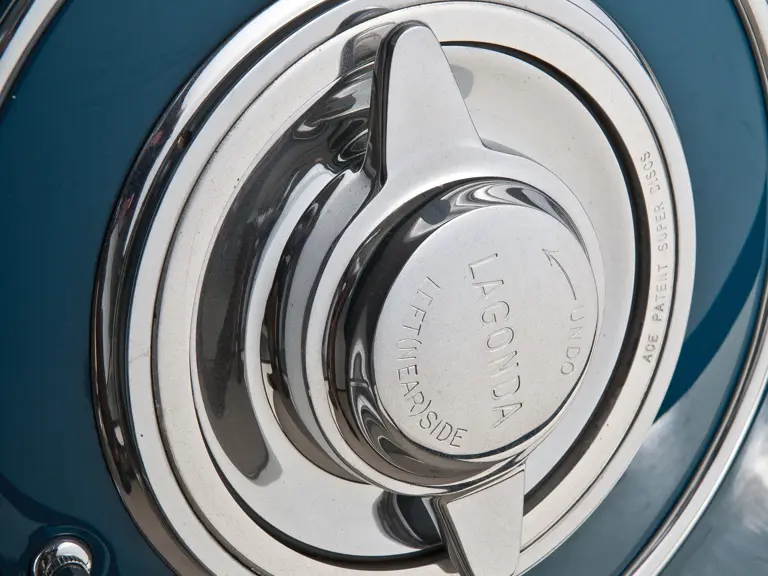


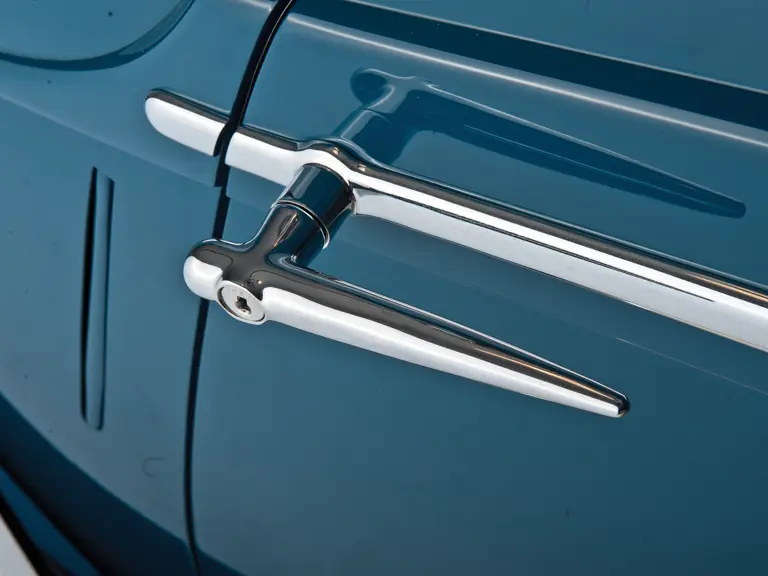
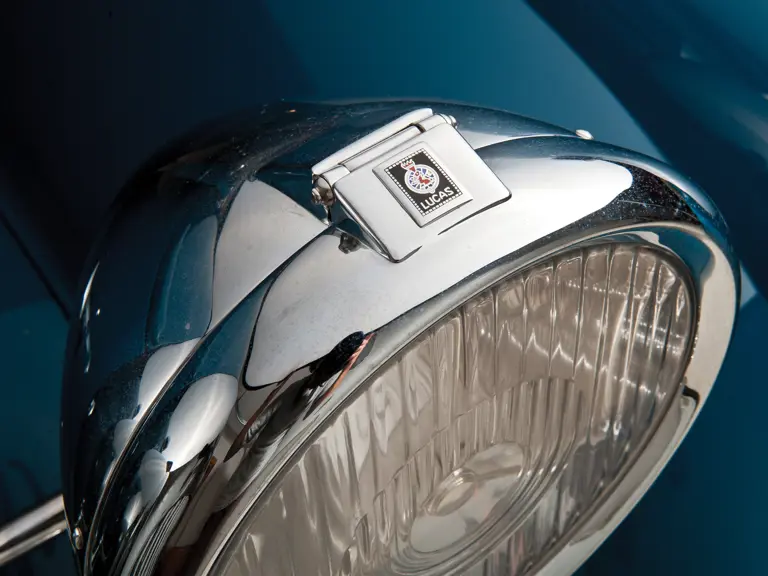

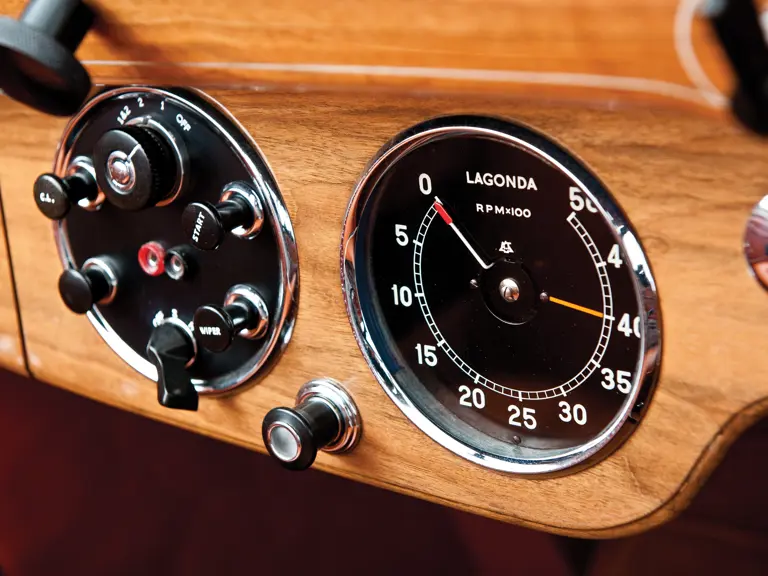
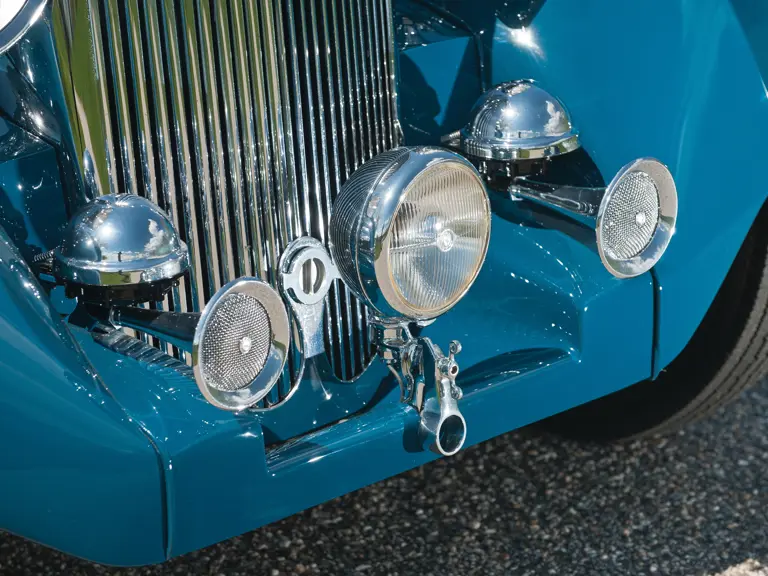
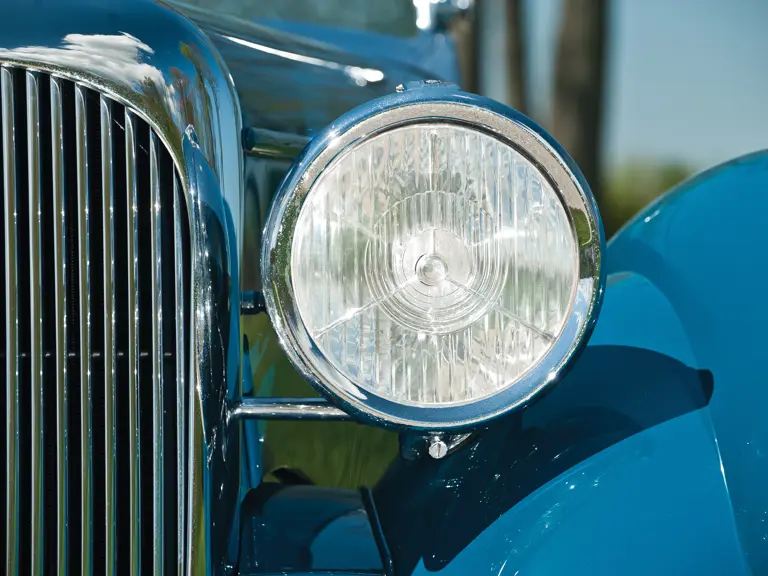


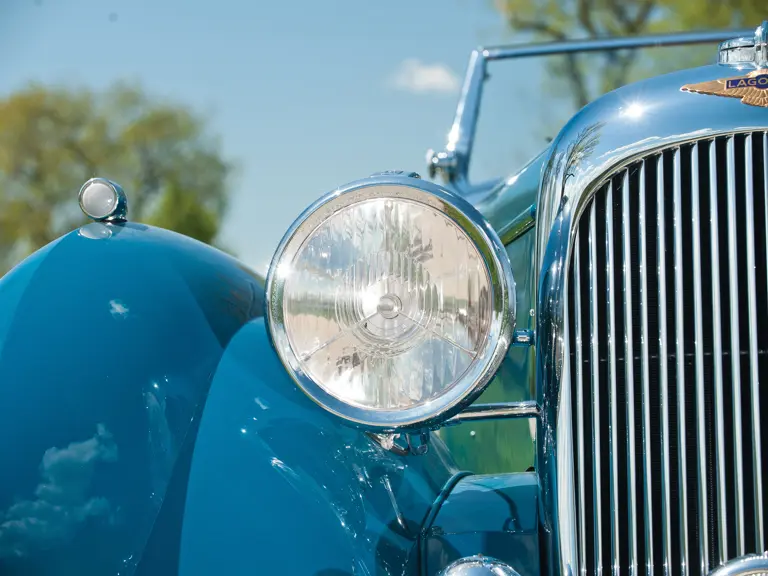
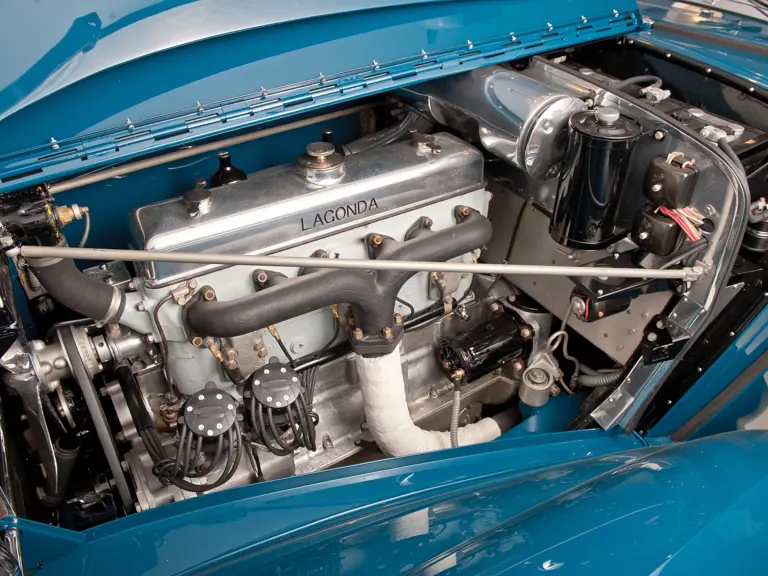


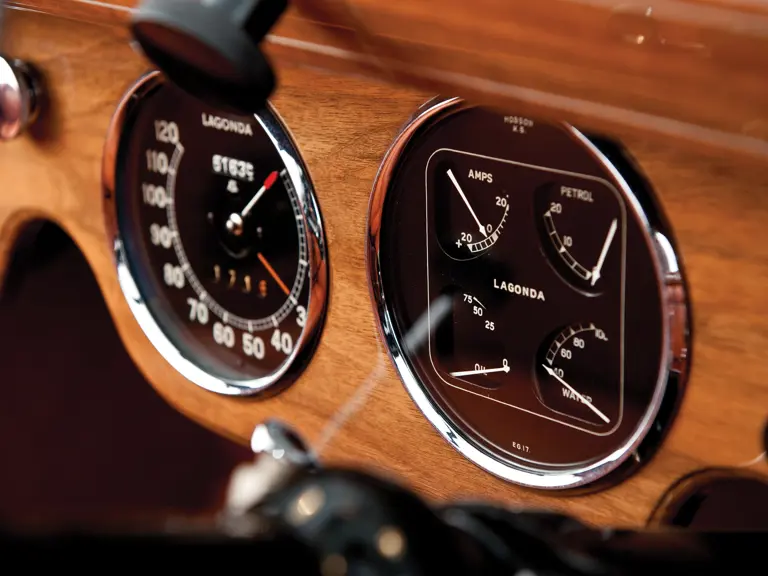
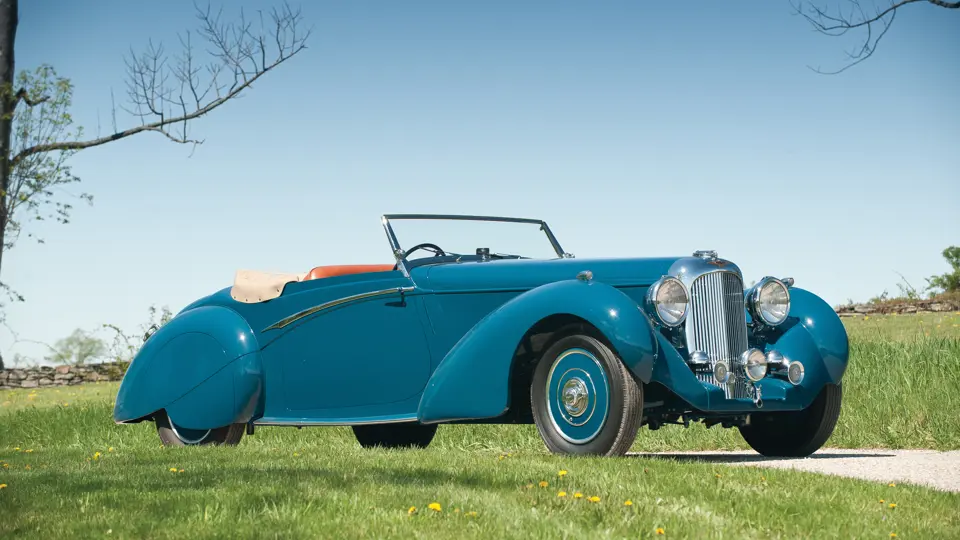
 | Monterey, California
| Monterey, California
